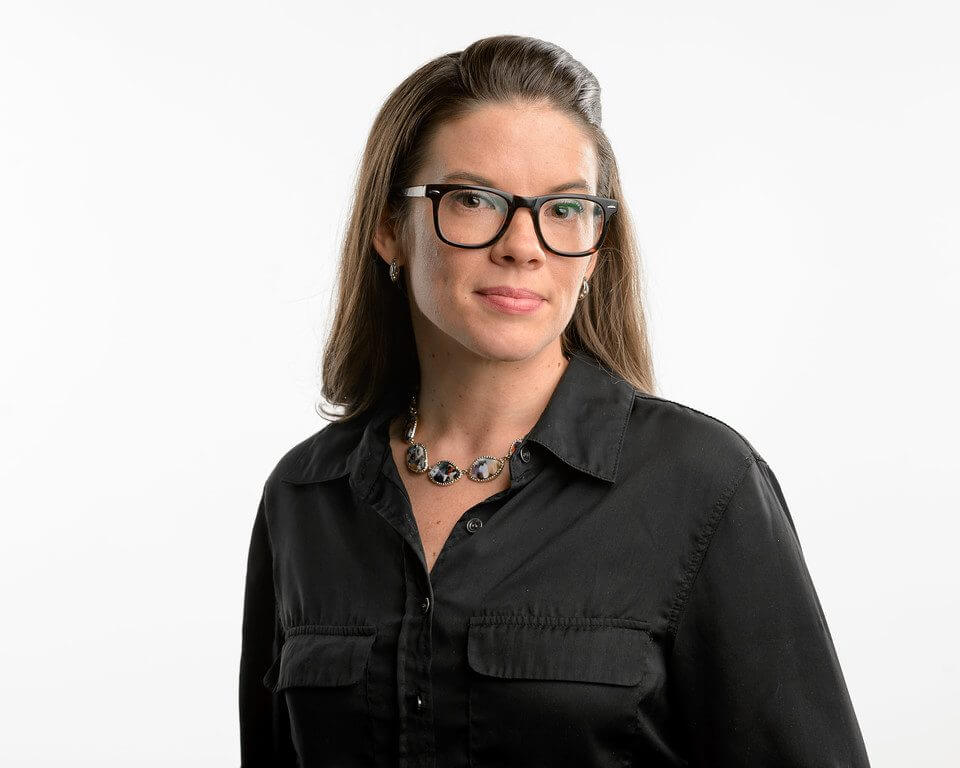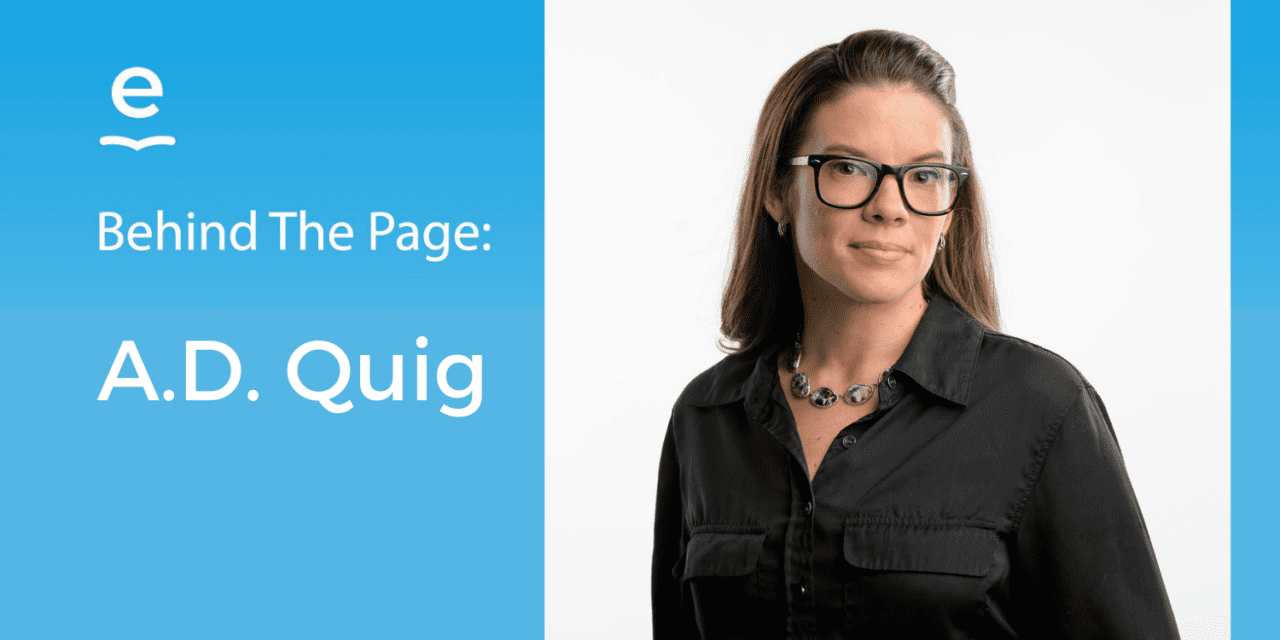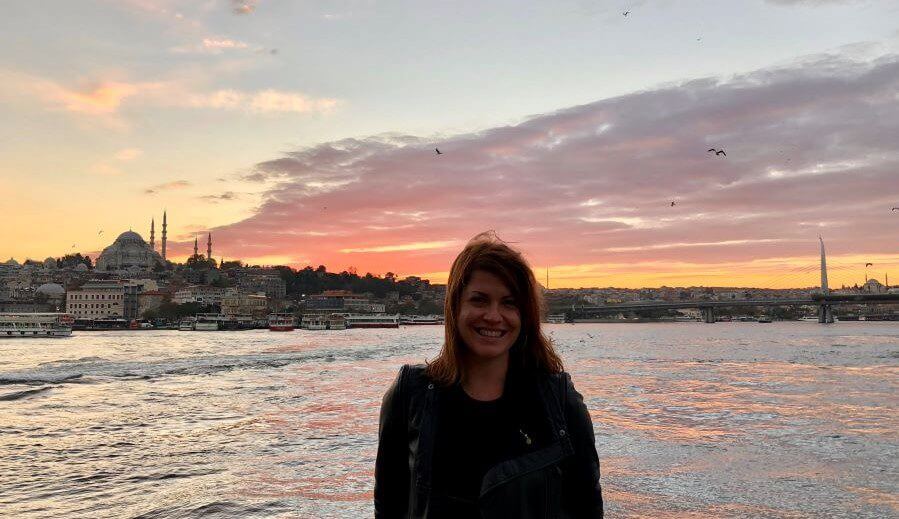Just 20 minutes into our Zoom interview, A.D. Quig, the politics and government reporter for Crain’s Chicago Business, already has six Twitter notifications waiting on her lock screen. I ask her how she’d describe her social media diet.
“Very unhealthy,” she said––only half-joking.
Quig called herself a “Twitter creature.” She gets alerts for 75 accounts, including Mayor Lightfoot, Governor Pritzker, the State Board of Elections, Cook County Democrats, various City Hall staffers, the other reporters on her beat––the list goes on. (And, of course, the Shedd Aquarium, so that she doesn’t lose her mind.)
Quig bravely weathers the constant Tweetstorms out of a sheer passion for the nitty-gritty of Chicago politics. “It’s such a coveted beat because it’s such an insane beat,” Quig said. “If you like labor issues, if you like development, if you like municipal finance, if you just like covering a group of weirdos, if you like covering neighborhoods, it’s the best place to be.”
After producing radio and podcasts for NPR, Quig spent five years at The Daily Line, a subscription-based publication covering the minutia of municipal government. Quig and her colleagues built a one-stop shop for Illinois political insiders, aggregating meeting agendas, council minutes and social media digests. “The way we thought about it after a while was that we want to be the people who sit in the meetings for you so you don’t have to do it,” she said.
During that time, Quig fell in love with the “tiny shotgun of a room” reserved for radio press at City Hall––the only spot available for the up-and-comers at The Daily Line. But that small desk turned out to be a blessing for Quig, who found herself surrounded by Chicago broadcast legends like Craig Dellimore and Bill Cameron who have been covering City Hall for decades.

Photo Credit: John Boehm, CCB
“I could turn around and be like, did Daley ever do this? Did Rahm ever do this? Was Jane Byrne like this? Did Ed Burke ever do this?” Quig said. “It just made everything richer, more historic.”
In 2019, Quig moved to Crain’s––just a few months before all these press rooms turned virtual. Zoom often magnified the inherent chaos of local government. Quig described the unprecedented challenge of trying to conduct City Council meetings online: “There are people in front of you raising their hand, there are people on Zoom raising their hand––who do you call on first? If they have different motions, you’re changing history in a way when you decide to call on one.”
Quig was grateful to be back at City Hall when in-person council meetings resumed in May. Not only did she miss the booming radio voices of her fellow reporters, but she also mourned the nuances that reporters inevitably missed from behind the screen.
“There’s so much that we missed by not running into people in the hallway or being able to pull someone to the side and be like, what’s actually going on here?” Quig said.
But Quig––ever the Twitter creature––made up for the dearth of human contact by catching snippets of conversation on social media. She adeptly weaves from Twitter thread to Twitter thread, sifting through the chaos of digital discourse in search of thoughtful quote Tweets and potential sources. In conjunction with traditional sourcing methods, this approach has major advantages.
“What I think it has helped me with, which is an age-old problem, is finding sources and perspectives that aren’t old white guy perspectives,” Quig said. “Twitter is younger, it’s more diverse. A lot of times if you’re talking to those same people and you’re asking, who else should I talk to, and you’re hearing those same names over and over again, and a lot of those names are white guys. That’s not something you’ll get on Twitter.”
Journalists in 2021 know more about their audiences than their predecessors could have ever imagined. Every week, Quig gets reports from the audience editor at Crain’s, who provides insights into which content is most popular and with whom.
“Transportation stories, for example, do really well with non-subscribers––CTA, Metra, airports. Stories about higher education do really well with non-subscribers. Stories about the business of law do well with subscribers,” she said. “I think that’s an indication of where there are gaps in coverage elsewhere. If you think about folks that have left news, or newsrooms that have been shrinking recently, those are the coverage areas that are gone.”
Quig appreciates these kinds of insights, though they bring her back to one of the ubiquitous questions for digital journalists: How can publications strike a balance between the news people want and the news they need? Should reporters, as Quig phrases it, “make people eat their vegetables” when it comes to esoteric policy or political drudgery?
But for Quig, this is a false dichotomy––there’s plenty of drama to be found in the world of municipal government, tucked away in council minutes, Twitter rants or the Mayor’s daily schedule.
“The most fun stuff is when you get excited about a vegetable story and you figure out a way to tell it in a way that makes people think that it’s just a piece of chocolate,” Quig said. “It’s really hard to do, but I have good editors, so sometimes we pull it off.”
Grace Adee



